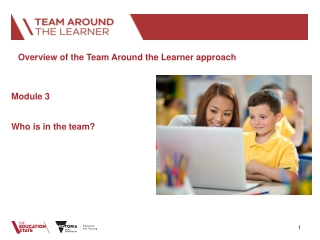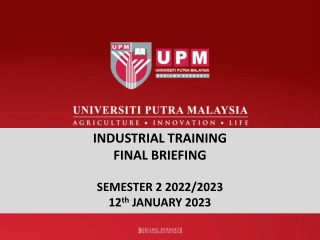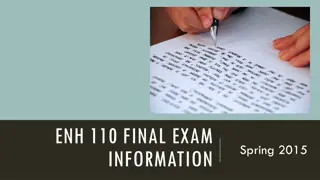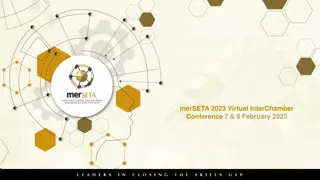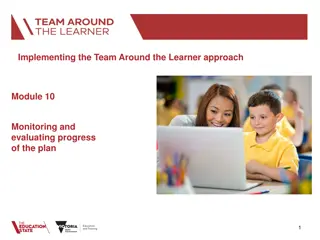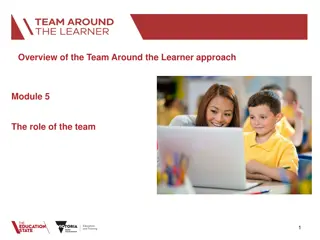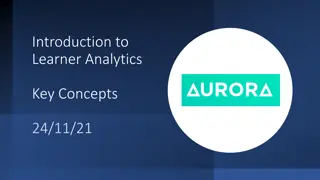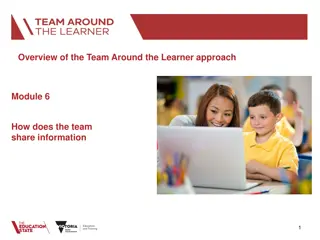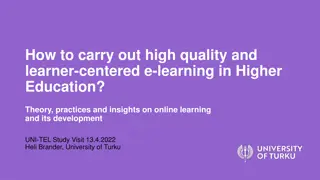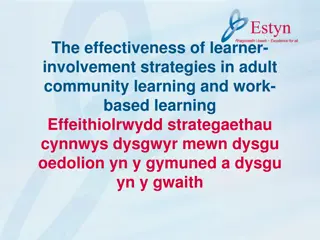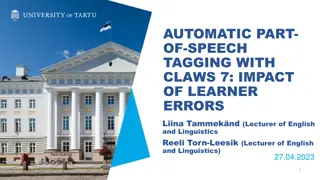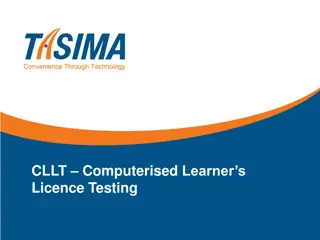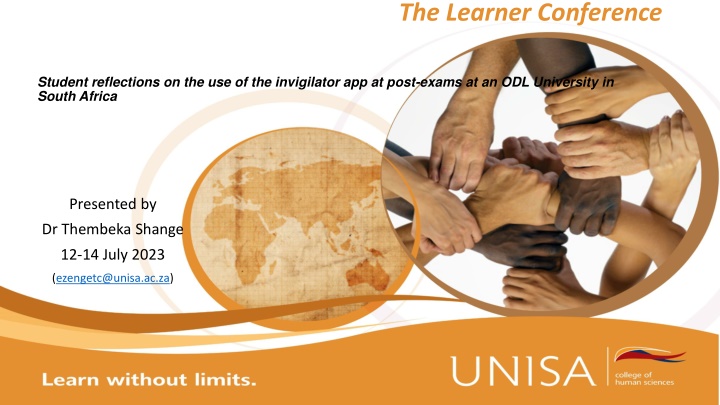
Students' Reactions to Invigilator App in Online Exams at ODL University, South Africa
Explore first-year students' perspectives using invigilator app in online exams at a distance learning university in South Africa. Investigate submission rates and reactions. Discusses eproctoring controversies and pedagogical implications.
Download Presentation

Please find below an Image/Link to download the presentation.
The content on the website is provided AS IS for your information and personal use only. It may not be sold, licensed, or shared on other websites without obtaining consent from the author. If you encounter any issues during the download, it is possible that the publisher has removed the file from their server.
You are allowed to download the files provided on this website for personal or commercial use, subject to the condition that they are used lawfully. All files are the property of their respective owners.
The content on the website is provided AS IS for your information and personal use only. It may not be sold, licensed, or shared on other websites without obtaining consent from the author.
E N D
Presentation Transcript
The Learner Conference Student reflections on the use of the invigilator app at post-exams at an ODL University in South Africa Presented by Dr Thembeka Shange 12-14 July 2023 (ezengetc@unisa.ac.za)
Background to the research Primary Lecturer for the module Focuses on English proficiency for university students Online exams and artificial surveillance Review invigilator App reports Concerned with the exam submission rate The research is part of a bigger study
Research questions RQ1: What are the first-year students views and reactions when using the invigilator app for the first time during online exams? RQ2: What is the students submission rate in the module s online exam?
Theoretical Framework Technology in education was here to stay, researchers created theoretical models like: the community of inquiry Garrison & Vaughn (2008, cited in Barnett, McPherson and Sardieson, 2013: 1) Koehler & Mishra (2008, in Barnett et al 2013) proposed the technological pedagogical and content knowledge to explain various facets of these new technologies in
Connectivism The more sophisticated computer networks emphasised on interconnectedness which could result in mental phenomena (Barnett, 2013). This gave birth to connectionism, which later evolved into connectivism as referred to by Siemens (2005). Connectivism evolved from earlier connectionist ideas that situated knowledge as nodes in a network without any meaning of their own(Siemens 2005)
Literature Eproctoring for online exam- online proctoring involves the use of virtual tools for monitoring student activities during assessment activity (Hussein et al 2020:509) Foster & Layman (2013 cited in Hussein et al 2020) contend that eproctoring includes the authentication of the student and their identity to secure and maintain the integrity of an exam and its administration. Controversies about eproctoring- Barrio (2022: 6) highlights the issue of data protection since eproctoring involves processing of personal data. This possibly compromises some of the ethics principles like autonomy, justice, etc. (Gonz lez- Gonz lez, et al., 2020: cited in Gordon, Gibson, Tierney, O Sullivan and Starvrakakis 2021:65) Some disparities have also been reported in relation to the pictures taken with a webcam. Barrio (2022: 14) ..number of researchers have raised a concern that in some instances systems failed to properly identify students with dark skin and forced them to take extra measures to ensure that they complied with the requirements of the technology. pedagogical issues relating to the use of the invigilator app. Barrio (2022: 18).
Research Approach & Methods Mixed methods design Student exam essays (advantages and disadvantages of using the Invigilator App) Exam submission trends from 2022 to 2023
Rationale Student essays would allow an inductive analysis. Allow for a thick description of the students views and reactions to using the invigilator app. Submission trends would provide triangulation of the research.
TRUSTWORTHINESS For the qualitative data trustworthiness was ensured through member-checking from feedback given by the participants themselves. For quantitative data, reliability and validity was ensured by using secondary data from LMS dashboard. Ethical clearance obtained from the College Research Ethics committee. Informed consent completed by the students.
Student essays(n=5) Purposive sampling Essays of students who wrote the exam were purposively selected.
Exam Submission trends over three semesters Convenience Sampling (method of sampling, sample size) Exam data that is already generated on the LMS dashboard
Table of submission trends Year Total admitted Total submitted Not submitted 1368 873 495 2022 Semester 1 1031 539 492 2022 Semester 2 1339 1090 249 2023 Semester 1
Data analysis Content analysis Emerging categories, themes, and patterns Coding
Limitations Semester module Access only to students who had successfully submitted their exam scripts and those that sent inquiries via email.
Principal findings Theme 1: Concerns about the Invigilator App taking your time when it requires to take some picture of self while writing exam sometimes you lose focus (Essay one) requires to use two devices in oder to access the invigilator app from the other device and the other to write your exam most cases some students does not afford these devices at the same time this lead for not completing exam on time and submitting incomplete work(essay 2) Theme 2: Positive comments regarding the Invigilator App dignity of the university because it makes students to be aware of being invigilated to decrease the high majority of cheating for instance (Essay 4)
Principal findings Theme 3: Students exam submission behaviour The table showing students submission trends indicated an increase when comparing the number of successful submissions from semester one and two of 2022 and semester one in 2022. This was after a deliberate intervention by the lecturers which involved conducting virtual classes and teaching the students about the Invigilator App.
Conclusions Even though the students had experienced some challenges with the Invigilator app, the majority were still able to successfully submit their exams, with the Invigilator App switched on till they uploaded their exams.
Recommendations Integration of the invigilator app to normal teaching and assessment. Lecturers also need to experience using the Invigilator App so that they are able to assist students when they experience glitches with the App. More research to be conducted on the appropriate pedagogies for Artificial surveillance.
Recommendations At the point of entry students should be exposed to the invigilator app so that it is not a shock during exams. Other less invasive invigilation methods should be explored to address the concerns highlighted by research.
The End Thank you! Ngiyabonga! Enkosi!

